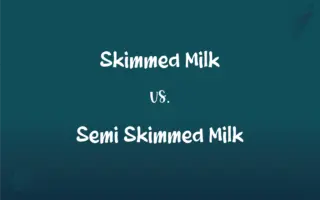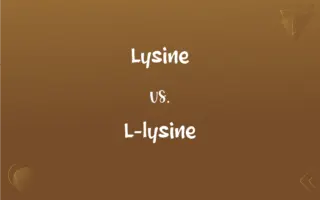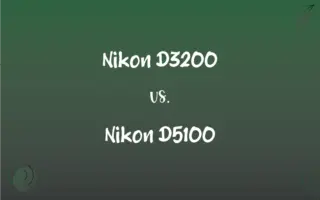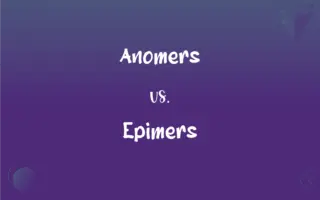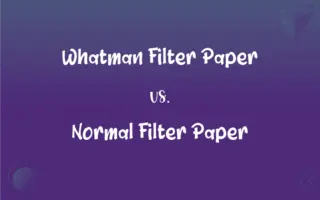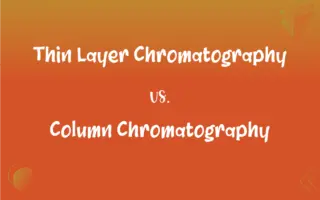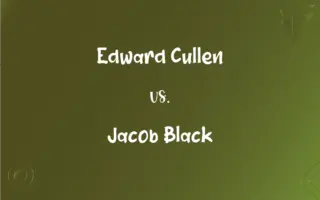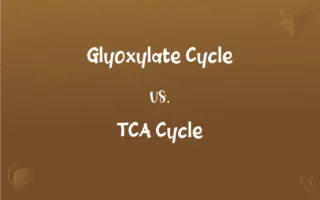Diamond vs. Platinum: What's the Difference?
Edited by Aimie Carlson || By Harlon Moss || Published on December 14, 2023
Diamonds are hard, crystalline forms of carbon used in jewelry and industrial applications, while platinum is a dense, malleable, and corrosion-resistant metal used in jewelry, automotive, and other industries.

Key Differences
Diamonds are naturally occurring crystalline forms of carbon, renowned for their hardness and brilliance. While, platinum, a chemical element, is a precious metal known for its high density, malleability, and resistance to corrosion.
In jewelry, diamonds are prized for their optical properties like clarity, cut, and carat weight. Whereas, platinum is valued in jewelry for its lustrous sheen, hypoallergenic nature, and durability, often used as a setting for diamonds.
Diamonds are the hardest known natural material, used industrially for cutting, grinding, and drilling. However, platinum, due to its high melting point and catalytic properties, finds extensive use in automotive catalytic converters and chemical industries.
The formation of diamonds occurs deep within the Earth under extreme pressure and heat, and they are brought to the surface by volcanic eruptions. Platinum is obtained through mining and is often found in its native, uncombined form in alluvial deposits.
In terms of market value, diamonds' prices are influenced by the gemstone market, driven by rarity and demand. Platinum prices are subject to the precious metals market, influenced by industrial demand and mining supply.
ADVERTISEMENT
Comparison Chart
Composition
Crystalline form of carbon
Dense, malleable metal
Primary Uses
Jewelry and industrial applications
Jewelry, automotive, and chemical industries
Physical Properties
Hardest known natural material
High density, malleability, corrosion resistance
Formation and Source
Formed under high pressure and heat, extracted from kimberlite pipes
Obtained through mining, often in alluvial deposits
Market Value Influences
Gemstone market based on rarity and demand
Precious metals market, industrial demand, and mining supply
ADVERTISEMENT
Diamond and Platinum Definitions
Diamond
Known for exceptional hardness and brilliance.
Industrial-grade diamonds are used in drill bits.
Platinum
Used in automotive catalytic converters.
Platinum plays a critical role in reducing vehicle emissions.
Diamond
Valued in jewelry for clarity, cut, and carat.
The diamond's cut enhanced its natural sparkle.
Platinum
Found in native form in alluvial deposits.
Platinum mining is a significant industry in some regions.
Diamond
A precious stone formed from crystalline carbon.
The engagement ring featured a stunning diamond.
Platinum
Valuable for its lustrous sheen and durability.
The platinum ring retained its shine for years.
Diamond
Formed under extreme pressure and heat.
Diamonds are mined from deep within the Earth.
Platinum
A dense, malleable, and corrosion-resistant metal.
Platinum is often used in high-end jewelry.
Diamond
Symbolizes luxury and enduring strength.
A diamond necklace was her most cherished possession.
Platinum
A symbol of prestige and wealth.
The platinum watch was a symbol of his success.
Diamond
An extremely hard, highly refractive crystalline form of carbon that is usually colorless and is used as a gemstone and in abrasives, cutting tools, and other applications.
Platinum
A trademark for a certification indicating that a recording, such as an album of music, has sold a million copies.
Diamond
A piece of jewelry containing such a gemstone.
FAQs
What makes diamonds unique in jewelry?
Their clarity, cut, carat weight, and sparkle.
How is platinum obtained?
Through mining, often found in alluvial deposits.
What is a diamond?
A crystalline form of carbon, known for its hardness and brilliance.
Where are diamonds found?
In kimberlite pipes deep within the Earth.
Are diamonds the hardest natural substance?
Yes, diamonds are the hardest known natural material.
What is platinum?
A dense, malleable metal, resistant to corrosion.
What are the industrial uses of platinum?
In catalytic converters, electronics, and chemical industries.
How are diamonds used industrially?
For cutting, grinding, and drilling applications.
Why is platinum preferred in jewelry?
For its lustrous sheen, durability, and hypoallergenic properties.
How do diamonds form?
Under high pressure and heat deep below the Earth's surface.
Is platinum a precious metal?
Yes, it’s classified as a precious metal.
What affects the value of a diamond?
The gemstone market, focusing on rarity and demand.
What factors influence platinum prices?
The precious metals market, industrial demand, and mining supply.
Is platinum a symbol of wealth?
Yes, it's often associated with prestige and wealth.
How durable is platinum in jewelry?
Extremely durable, maintaining its appearance over time.
Are diamonds rare?
Yes, especially high-quality gemstone-grade diamonds.
Is diamond or platinum more expensive?
It depends on the quality of the diamond and platinum market conditions.
Can diamonds be used in electronics?
Yes, for high-performance heat sinks and other applications.
What is a diamond's role in culture?
It symbolizes luxury, strength, and enduring love.
Can platinum be recycled?
Yes, it is recyclable and retains its properties after recycling.
About Author
Written by
Harlon MossHarlon is a seasoned quality moderator and accomplished content writer for Difference Wiki. An alumnus of the prestigious University of California, he earned his degree in Computer Science. Leveraging his academic background, Harlon brings a meticulous and informed perspective to his work, ensuring content accuracy and excellence.
Edited by
Aimie CarlsonAimie Carlson, holding a master's degree in English literature, is a fervent English language enthusiast. She lends her writing talents to Difference Wiki, a prominent website that specializes in comparisons, offering readers insightful analyses that both captivate and inform.
















